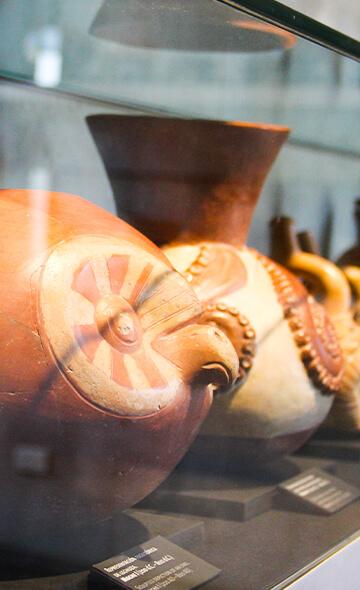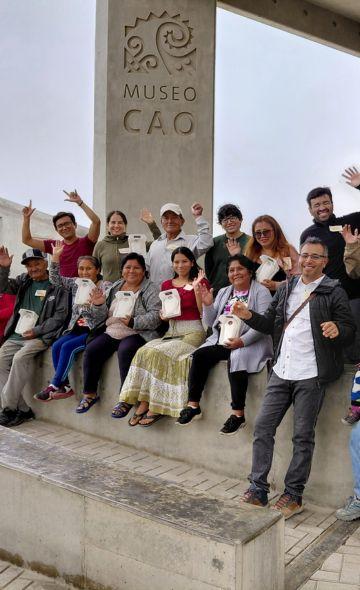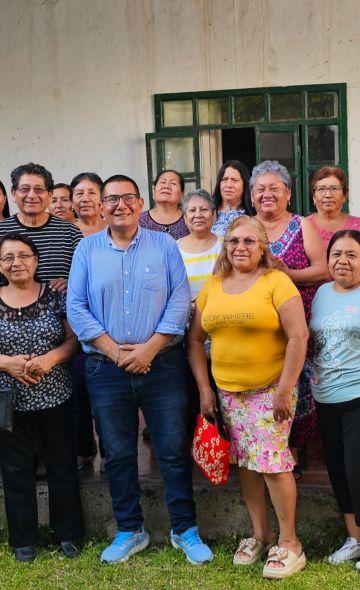- Visitors
- Researchers
- Students
- Community
- Information for the tourist
- Hours and fees
- How to get?
- Visitor Regulations
- Virtual tours
- Classic route
- Mystical route
- Specialized route
- Site museum
- Know the town
- Cultural Spaces
- Cao Museum
- Huaca Cao Viejo
- Huaca Prieta
- Huaca Cortada
- Ceremonial Well
- Walls
- Play at home
- Puzzle
- Trivia
- Memorize
- Crosswords
- Alphabet soup
- Crafts
- Pac-Man Moche
- Workshops and Inventory
- Micro-workshops
- Collections inventory
- News
- Community
- The situation of Peru’s Cultural Heritage based on the experience of the El Brujo Archaeological Complex
News
CategoriesSelect the category you want to see:
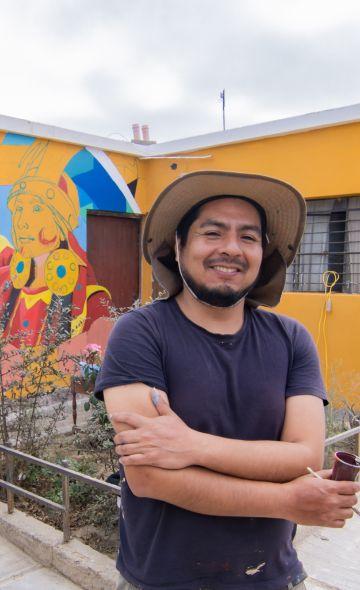
Magdalena de Cao to Once Again Host an International Mural Art Gathering ...
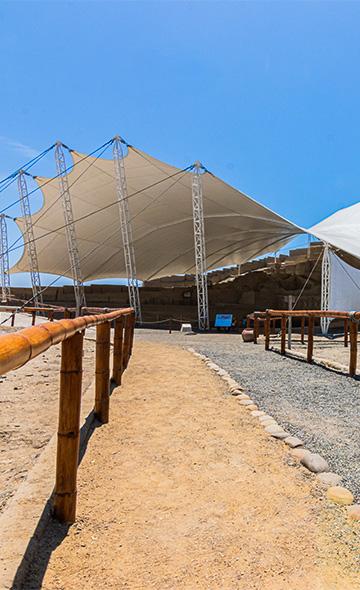
Explore El Brujo Through Virtual Tours: Culture and History at a Click ...
To receive new news.
By: Complejo Arqueológico El Brujo
More than 150 years ago, the researcher Antonio Raimondi took his first steps at what is today the El Brujo Archaeological Complex, where the wise Italian identified the great mounds of the place currently known as Huaca Prieta, Paredones, Huaca Cortada, and Huaca Cao. These sites have much more history to tell, finds to discover, and are related directly to the situation of cultural heritage in Peru.
Raimondi’s visit
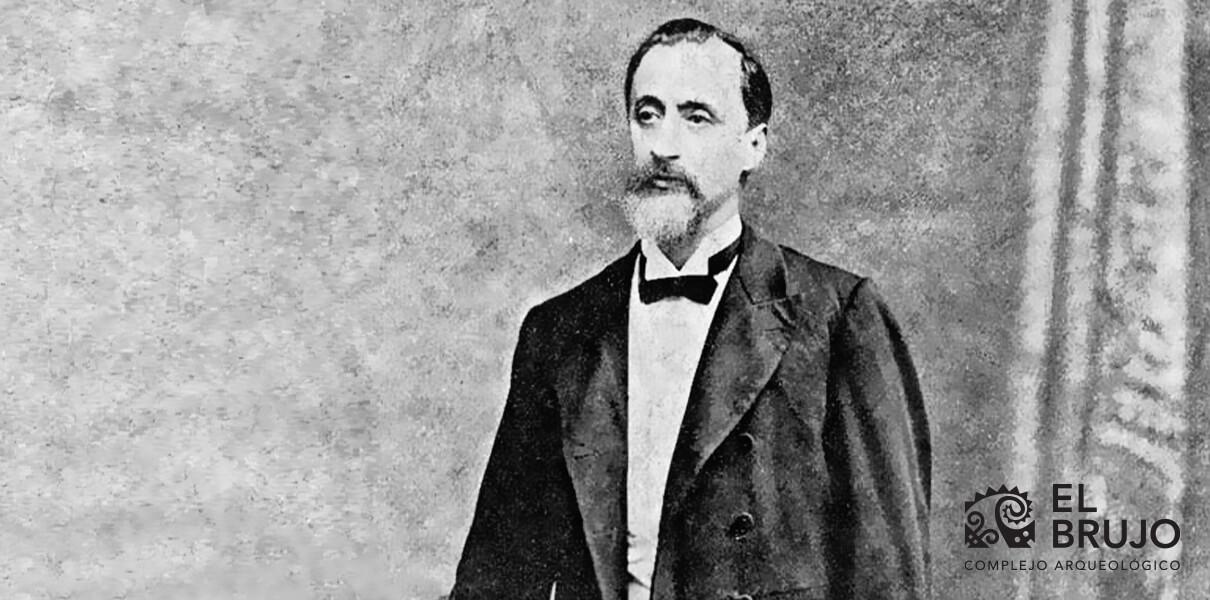
Antonio Raimondi
The tour of the area that Raimondi undertook in 1868 allowed for the identification of not only the remains of a pre-Hispanic settlement at the site, but also of a later Colonial occupation associated with Huaca Cao Viejo, corresponding to the old town of Magdalena de Cao.
Alfred Kroeber, Wendell Bennet and Samuel Lothrop
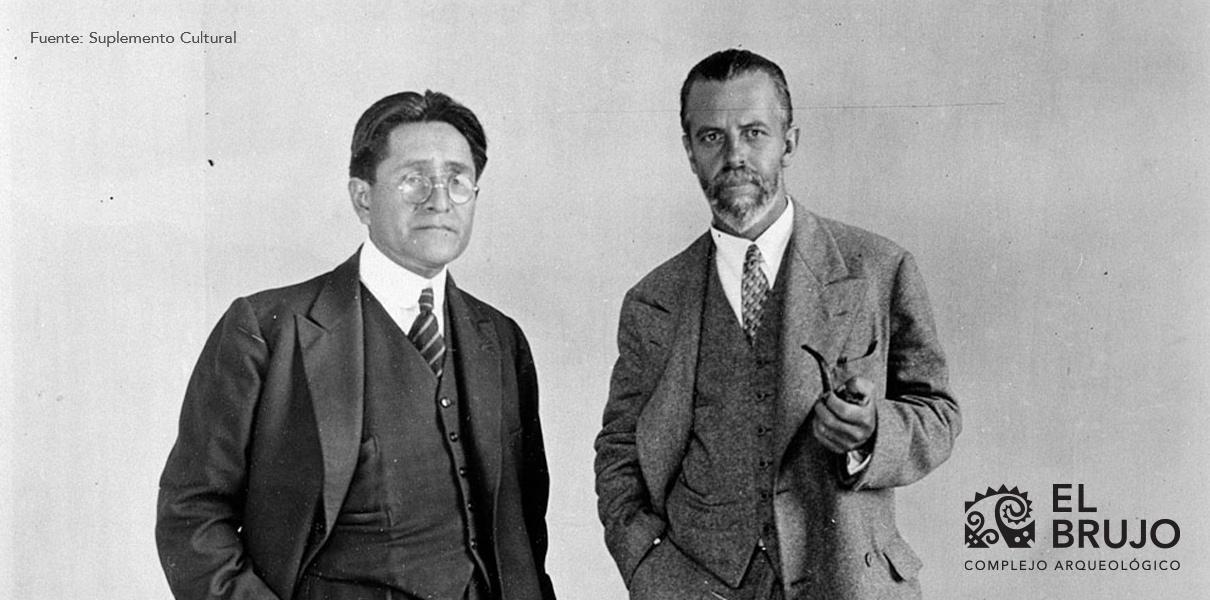
Julio C. Tello and Alfred Kroeber
Over the years, the El Brujo Archaeological Complex attracted the interest of more researchers. Thus, at the beginning of the 20th century, Alfred Kroeber, Wendell Bennet, and Samuel Lothrop arrived at the site and focused their investigations on Huaca Cortada, where they were able to identify an architectural sequence with evidence of Moche occupation, a pre-Hispanic cultural civilization that developed between 100 and 800 CE.
Junius Bird’s visit
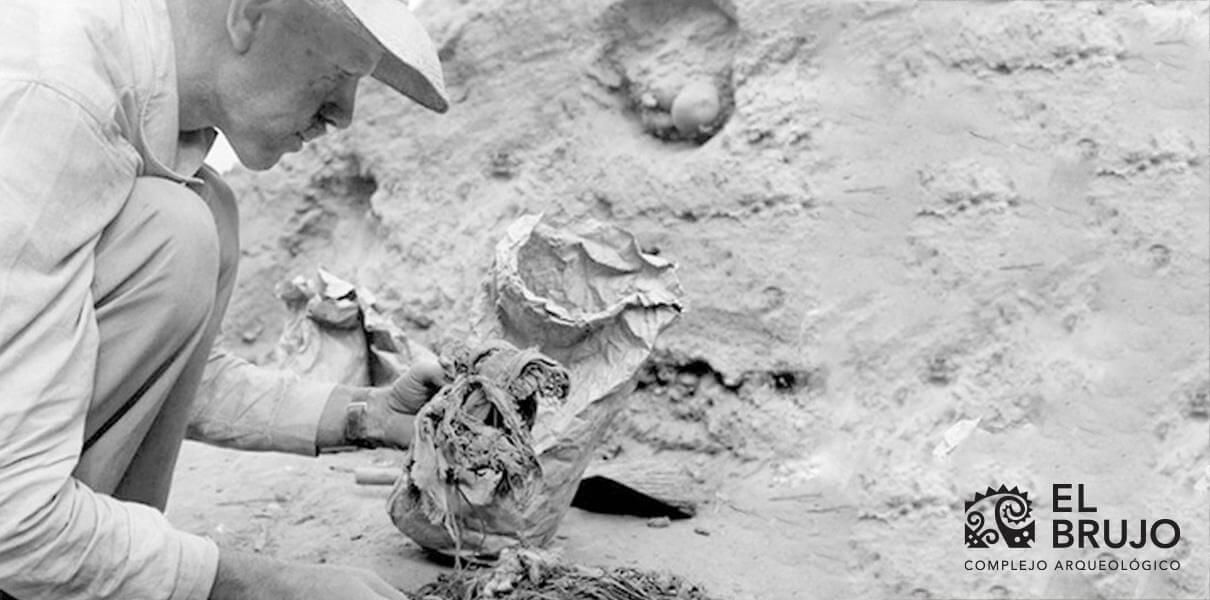
Junius Bird
Almost at the midpoint of the 20th century, the El Brujo Archaeological Complex was visited by Junius Bird, who was also interested in investigating Huaca Prieta. In this part of the complex, the U.S. archaeologist was able to identify what at that time was considered to be the oldest occupation of the Peruvian Andes: a group of houses whose inhabitants were dedicated to the extraction of marine products.
More studies at Huaca Prieta
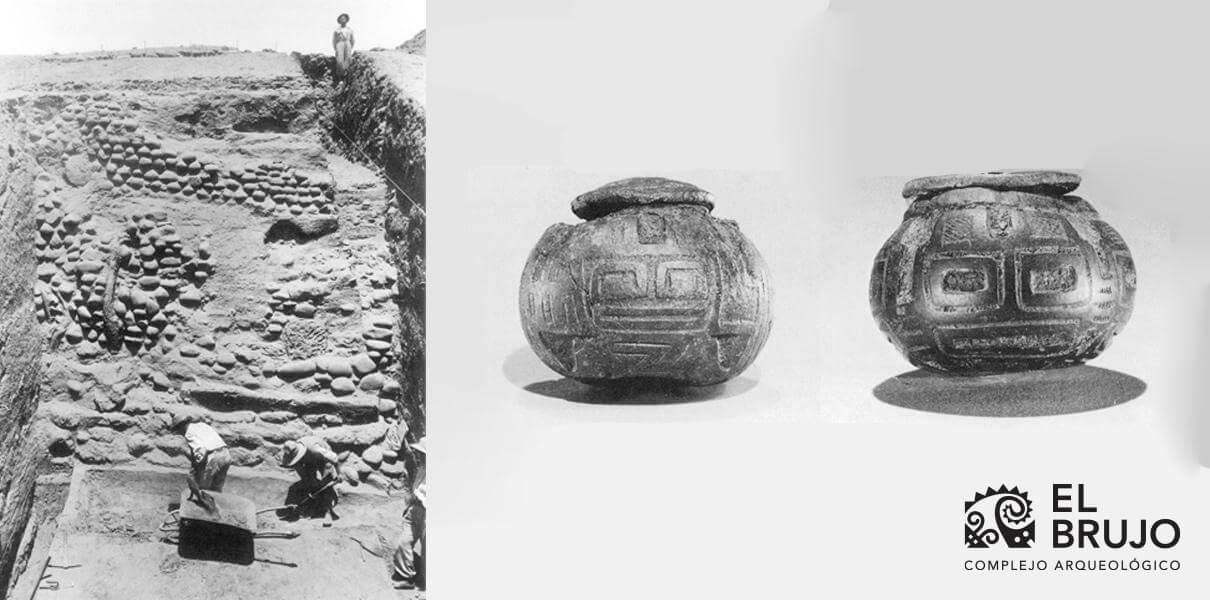
As more important discoveries were made at the complex, more archaeologists and researchers arrived to the region; thus, Tom Dillehay and the Italian-Peruvian Duccio Bonavia continued excavating Huaca Prieta, identifying the oldest occupation at the site, dating to 14 thousand years ago.
Peru’s cultural heritage and the start of the Wiese Foundation’s investigations
The discoveries at the El Brujo Archaeological Complex attracted, unfortunately, the attention of looters, who raided the site’s tombs; for this reason, in 1990, the Wiese Foundation began an emergency project to safeguard the architectural complex.
This project was later formalized with the support of the Ministry of Culture and has allowed, since then, for important investigations and great discoveries to take place, as is the case of the discovery of the tomb of the Lady of Cao at Huaca Cao Viejo.
Today, after the reactivation of the Projects for Taxes project that has been taking place at the El Brujo Archaeological Complex, excavations have been able to continue, leading to new discoveries and information about the ancient cultures that settled in this place.
The cultural heritage of Peru is regulated by Law No. 28296, the General Law of Cultural Heritage of the Nation, which establishes the defense, protection, promotion, ownership, and legal regimen of the assets that constitute the Cultural Heritage of the Nation. The El Brujo Archaeological Complex falls under the category of immovable cultural heritage.
In this new exploration carried out by the team of archaeologists and researchers at El Brujo, the public can participate in the impressive discoveries. Just click here to reserve your visit, with the assurance of all the biosecurity measures.
Community , outstanding news


